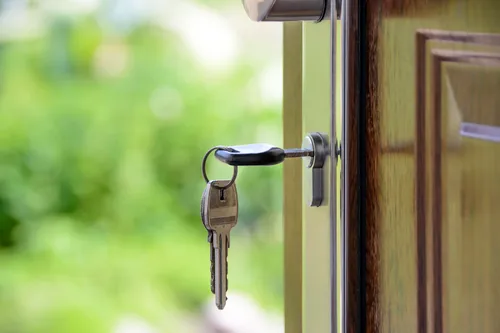Gardening with your kids can be a fun and exciting journey for both of you. And giving your kids their own space to grow their own food is a great way for them to see where their food comes from whole teaching them about how to live a zero-waste lifestyle.
When gardening with your kids, you want to choose plants that germinate quickly. Not only do they have to germinate fast, but short attention spans also require the ability to see growth. And if there’s a reward at the end in the form of food, all the better.
Luckily, there are a lot of edible plants that you and your kids will have fun caring for. The best part is, they’ll learn the responsibility of tending the garden while reaping nutritious food they grew themselves.
Prepare Your Space
In order to have a garden, you need to have a little space. The good news is, if you don’t have a lot of space in your yard, you can still make room for plants. Think about using small raised beds or containers for your child’s plants because most of these plants don’t require a lot of room.
Then, just add soil to your space and map out where you want to grow your plants so they don’t crowd each other out.
Green Goodness
If you’ve ever had trouble getting your little ones to eat their greens, a good technique is to have them grow their own. A quick-growing plant with a deliciously sweet result is the snap pea plant. Snap peas begin to germinate in as little as 10 days, they grow quickly, and your kids can pick them off the vine in under 60 days.
Here are a few other green plants to try:
-
Green beans
-
Lettuce
-
Cucumbers
-
Zucchini
Edible Flowers
Growing edible plants doesn’t have to be limited to traditional fruits and veggies because flowers can be a beautiful and delicious addition to your child’s garden.
One flower that’s fun and easy to grow with your kids is the sunflower. The seeds germinate within 7 to 10 days and will tower over your little ones in under 3 months. The best part is once they mature, you can harvest the seeds to eat and to grow another crop.
A few other edible flowers to add to your garden are:
-
Marigolds
-
Nasturtium
-
Johnny-Jump-Up
Underground Mysteries
Sometimes, when you are dealing with limited space, you might feel like you need to be an expert in logistics optimization to grow a healthy garden. However, if you’re willing to get creative, you’ll find you have all the space you need. One way to save space above the garden floor is to go below the ground.
And just because these edible plants grow under the surface doesn’t mean they can’t be just as engaging for your child. In fact, once they mature, pulling up and digging out the fruits of their labor will become an exciting treasure hunt.
The fastest underground edible plant for your child’s garden is the radish. They germinate in as little as three to four days and mature in less than a month. You won’t find a vegetable maturing any quicker than that!
Here are some other food choices for your child to add to their garden:
-
Potatoes
-
Carrots
-
Beets
-
Onions
Let Your Garden Grow
Giving your kids the responsibility of tending to their own garden can be rewarding. They’ll follow their plants from seed, and they’ll water and nurture it until it comes to full maturity. It teaches them the power of following through and gives them an appreciation for every bit of food they consume.
It can also be a powerful bonding experience for both of you because once they harvest, you can head to the kitchen and experiment with some recipes together. And all it takes are some seeds, commitment, space, and a little TLC.









